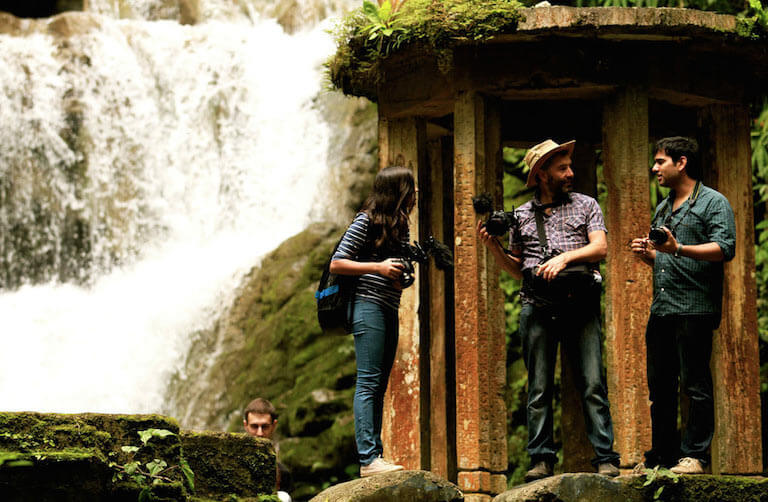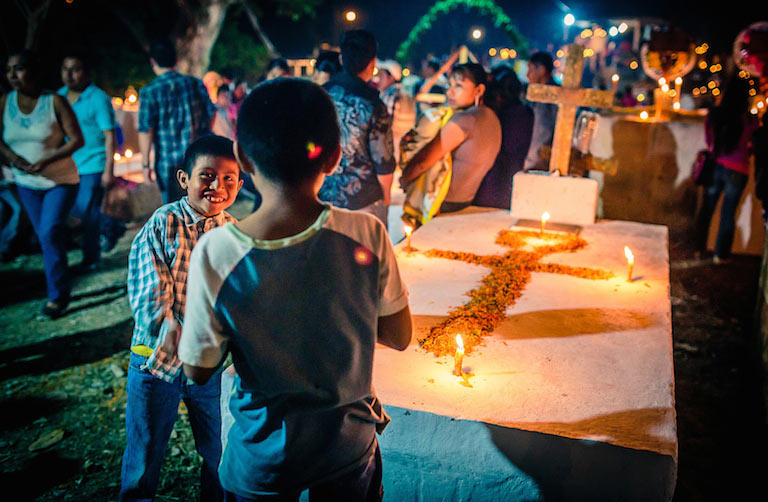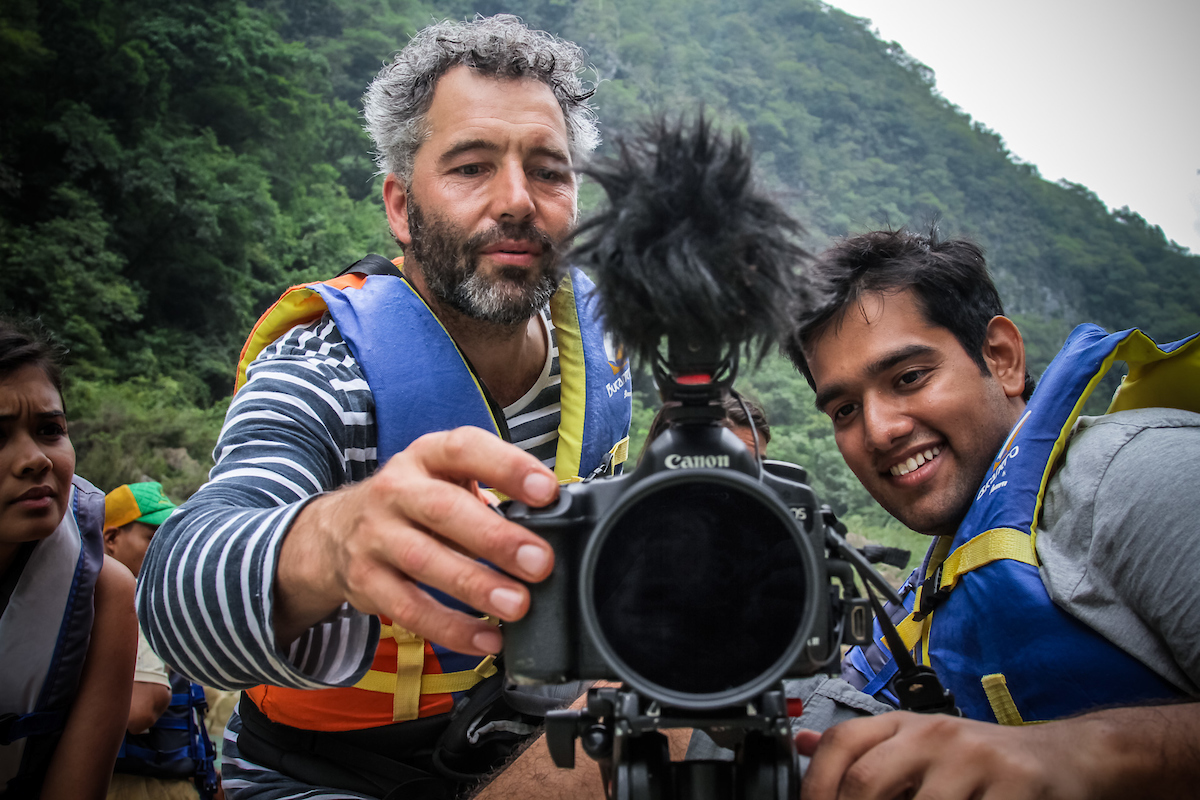Rhea & Mihir on a Filming Assignment in Mexico
As the winners of our 2014 Travel Film Scholarship, Rhea and Mihir traveled to Mexico to capture the colors and traditions of 'Dia de los Muertos'.
Winners Film Scholarship 2014
Mihir & Rhea's assignment was to film the Dia de los Muertos celebrations in San Luis Potosi, Mexico.
Getting to know our mentor
Getting to know Brian is a process that takes place in layers – you’re unlocking different levels of his personality as you spend more time together, and it’s absolutely fascinating.The initial Brian was trying to figure us out just as much as we were him. He watched as we got into the process of filming, trying to judge our style, giving us our space and watching to see how we preferred to work. Brian at the beginning was shy and often confused, thinking for long and talking little.
Then we watched Brian get into his real element. We watched as he ran upstairs and slopes, climbed tables and walls - all to get the right shot. We watched Brian give all his attention to his equipment, we watched as he planned and positioned himself to get the right angles and great shots, all the while singing about how he loved his work. Because that’s the real Brian - lost in his films, completely immersing himself in the story and the people.
Except for the language. When you hear Brain attempt to talk Spanish, you have officially been introduced to the third layer of Brian’s personality – the hilarious side. Brian can remember words in Spanish but can’t, for the life of him, remember which order they go in. As a result, Brian asking for the bathroom in Spanish goes – “is where bathroom the?” which was more often than not followed by someone pointing and laughing uncontrollably. Brian in his element is flirtatious, humorous and quirky all at once. He’s posing for pictures, making friends with strangers, breaking it down to Bollywood or swaying his hips to the bachata, beer held high.

Xantolo cemetery celebrations
Our crew was welcomed with the smell of marigolds and fresh corn dough for the tamales, and we made our way around the house watching the frenzied activity unfold. Beto Ramon’s house is well-known for celebrating Xantolo on a grand scale, and we got a chance to watch the opening dance performances and fireworks, take part in their cleansing ritual, and even help fill and roll the tamales to be cooked. The same tamales were then devoured by us two hours later before we set off for the next stop – a cemetery in Chalco. I’m not sure what we had expected Xantolo to be like, but we definitely hadn’t expected a festival as joyous as it was. When we reached Chalco, the sun was still setting and there was a calm but eerie vibe to the cemetery. We set up our tripod on a cement slab, ready for our timelapse, before we realized that the slab was actually a grave and it would be disrespectful to place anything on it. Fast forward to 10 p.m. when the graves were covered with, once again, marigolds, tequila, beer and celebrating people.
Xantolo welcomed us and overwhelmed us all at once that first day. We ate, laughed and danced with the families, and yet we weren’t able to celebrate with them, not with the same sense of serenity they had. Coming from a culture that falls silent in respect for the dead and remembers loved ones in hushed tones, it was hard at first to view the festival for what it was – a celebration of the life those people had once lived, and a night to greet them, ever so briefly, back into the mortal world.
But as we stood there in the cold cemetery of Chalco, surrounded by dances and laughter, and sharing cups of hot chocolate with the families, we came a little closer to understanding the joy that surrounds Xantolo.

Watch: Spirit Valley (Part 1)
Watch: Spirit Valley (Part 2)


